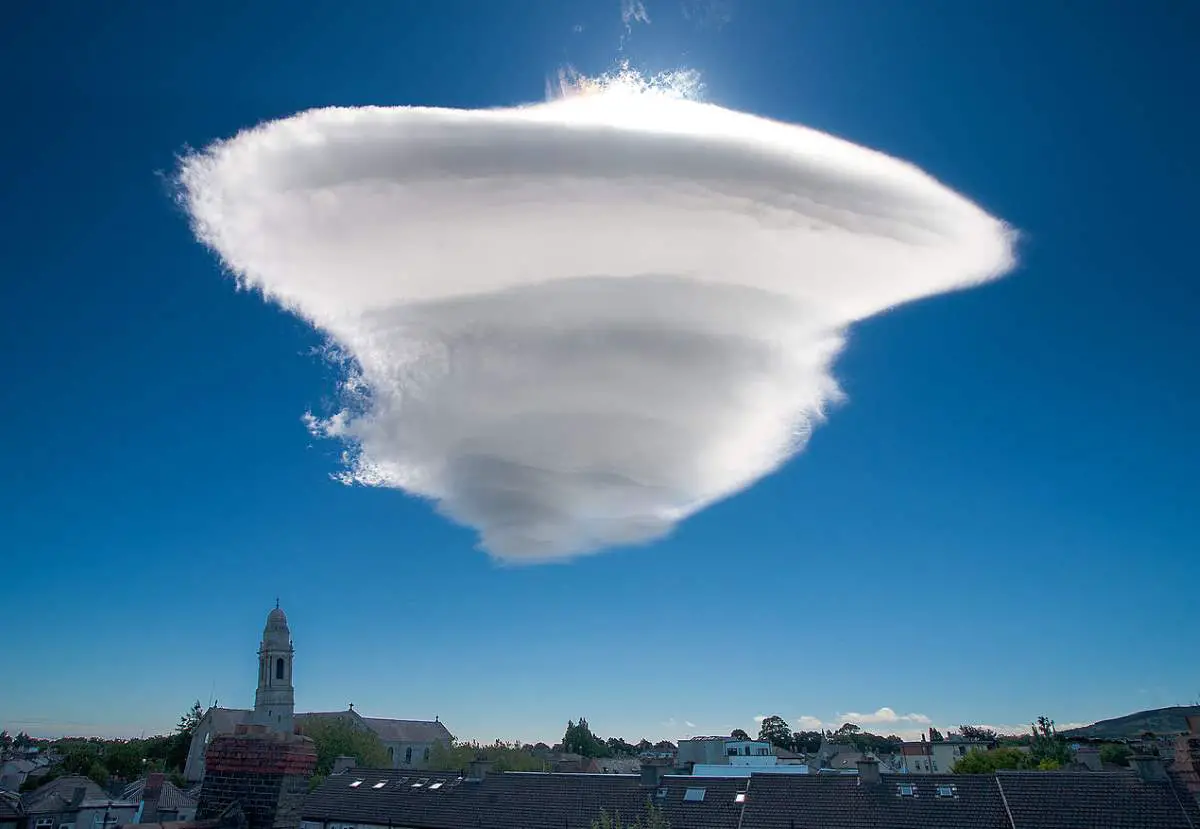
Nacreous Clouds, which are also known as polar stratospheric clouds, are usually spotted in the polar regions, high up in the atmosphere, where the air is cold and dry. The resulting bursts of light are a true wonder.Īlso Read: When and Where To See the Northern Lights 9. Occurring high in the atmosphere, this incredible light show occurs when electrically charged particles released from the sun enter the earth’s atmosphere and collide with gases in the air. The mesmerising polar lights are perhaps better known as the Auroras (the aurora borealis – northern lights – and the aurora australis – southern lights). The sundogs form at 22° from the sun and are more frequent than many of these other natural phenomena. They occur due to the refraction of sunlight through icy clouds. It is formed when a concentrated bright spot is seen on one or both sides of the sun. Sundog, or “Mock Sun”Ī sundog, also known as a “mock sun” is a natural phenomenon. They are often associated with severe thunderstorms, though meteorologists still don’t exactly how they are formed. Cool air (when surrounded by warmer air) sinks creating unique hanging pouches underneath clouds. These mysterious looking clouds, which are also known as “ mammary clouds,” are a rare formation. The area is so stormy because cool breezes from the mountains meet warm, moist air creates electric charges and lightning storms that can have over280 lightning strikes per hour. The “everlasting lightning” occurs up to 260 nights of the year and can last over 10 hours. The mouth of the Cataumbo River in Venezuela sees more lightning than anywhere else on Earth.

However, no individual butterfly lives through the whole migration, with female monarchs laying eggs and their offspring continue the migrations. Each October thousands upon thousands of butterflies migrate towards Mexico from the USA and Canada, covering thousands of kilometres. One of the most amazing sights in North America is the southward autumn migration of monarch butterflies. This is formed when there’s a reflection of light from the sun and the moon form various small ice crystals suspended in the air. Vertical band or tall pillars of light appear to shoot into the sky. This luminous optical phenomenon can be seen in many cold countries, such as Russia, Canada, and Finland. They occur most commonly in the winter and the spring. The wind flow is obstructed by these tall structures, condensing to form the unique clouds that are often confused for UFOs. Lenticular clouds are stationary lens-shaped clouds that form at high altitudes, especially over mountains and even buildings. They are most commonly found in the summer months. Circumhorizontal arcs occur when sunlight hits ice crystals in cirrus clouds that are very high in the sky. However, they actually have nothing to do with fire or rain. These beautiful natural phenomena are popularly known as fire rainbows. Circumhorizontal Arcs, or “Fire Rainbows” Here is a list of spectacular natural phenomena in the sky (or involving the sky): 1. While it’s no doubt that the earth is a wonderful place, sometimes we need to look up and see what the skies have to offer. But all of these natural phenomena are spectacular sights. The colour of the sky at times can connect with emotions, it leaves you dull, or in awe, or plain happy – and maybe sometimes we don’t really notice it at all.

It’s a crazy world out there, sometimes the sky is a thick blanket of fog, sometimes it is a sombre grey and sometimes it is bright and clear.


 0 kommentar(er)
0 kommentar(er)
